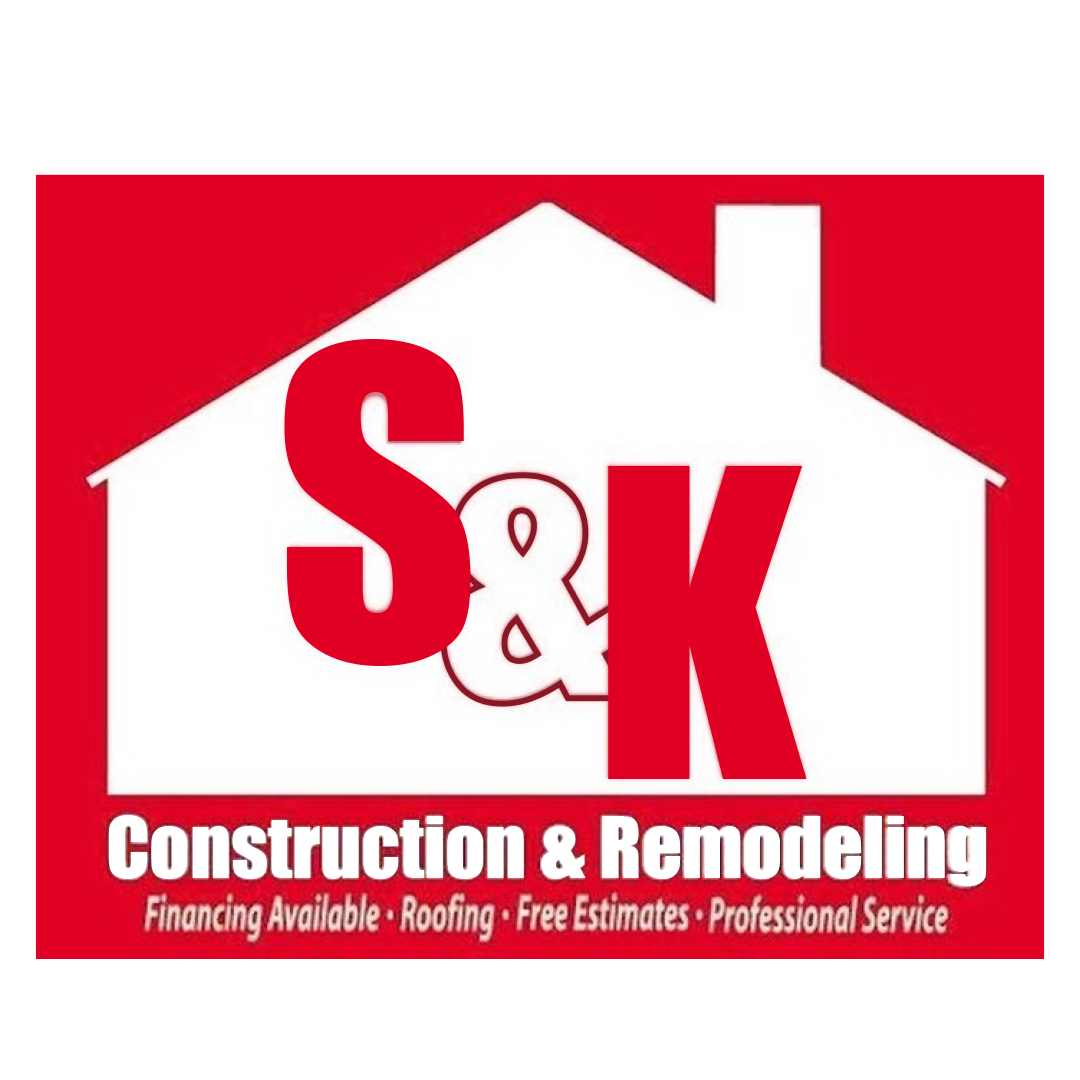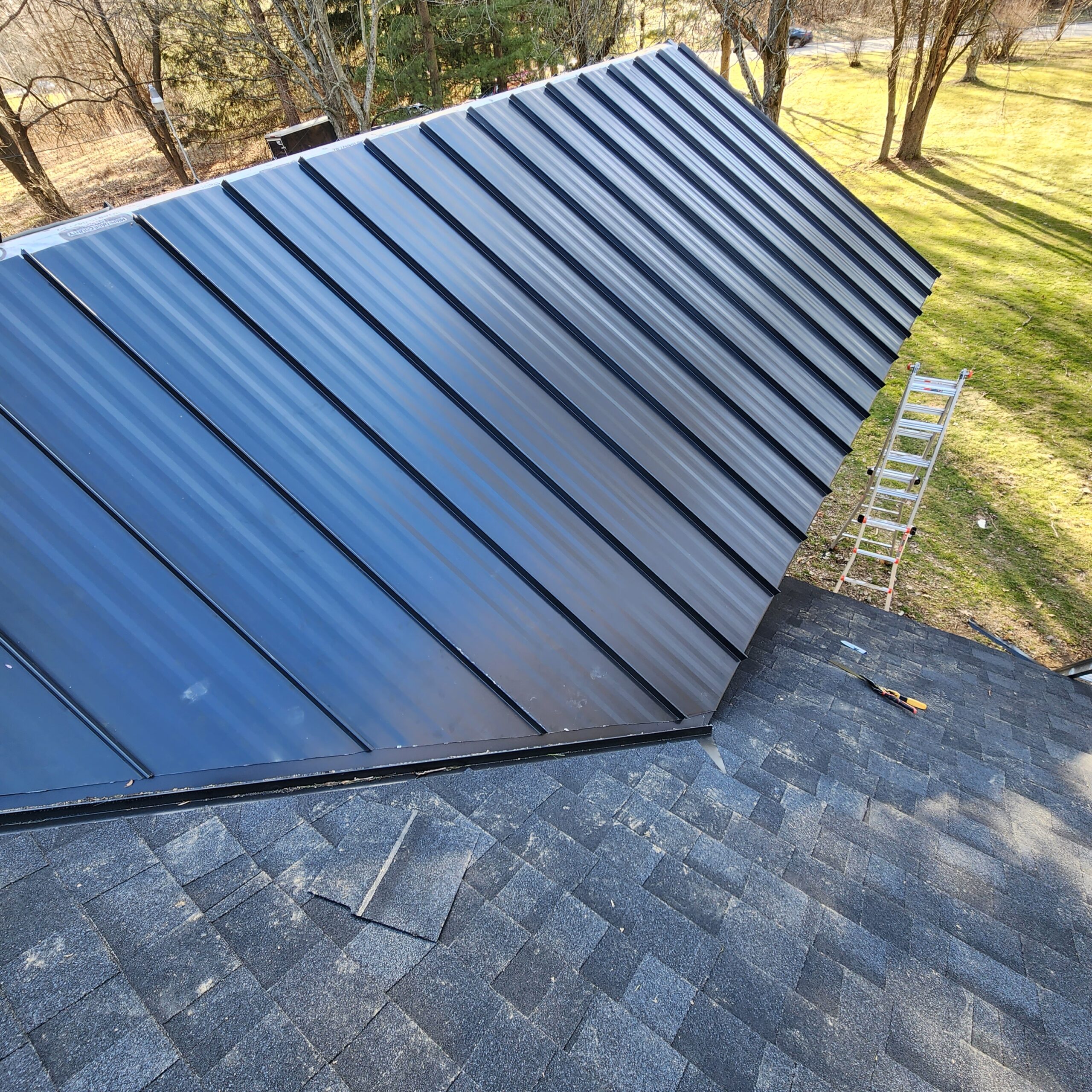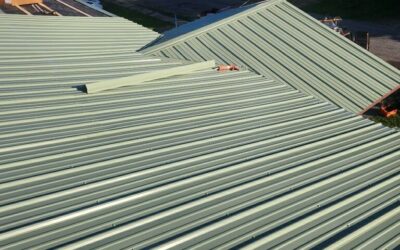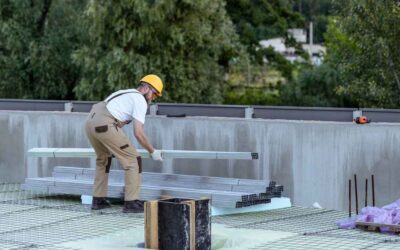6 Signs of Poor Attic Ventilation and How to Fix It
Proper attic ventilation is essential for maintaining the health and longevity of your roof, preventing moisture buildup, and keeping your home energy-efficient. However, many homeowners in Northeast Ohio, including Cleveland, Lakewood, Medina, and surrounding areas, often overlook attic ventilation, not realizing that poor airflow can lead to a range of issues that affect both the attic and the rest of the home.
Poor attic ventilation may not always be visible, but the signs are often present in other areas of your home. In this blog, we will cover the six common signs of poor attic ventilation, how these issues can impact your home, and what you can do to fix the problem.
1. Excessive Heat in the Attic
1.1 Why It Happens:
One of the most common signs of poor attic ventilation is excessive heat buildup in the attic. During the summer months, the attic can become extremely hot, especially if it is poorly ventilated. This happens when hot air gets trapped in the attic due to a lack of proper airflow. As the sun beats down on your roof, the air inside the attic can become much hotter than the outside temperature, which can cause several problems.
1.2 How It Affects Your Home:
Excessive attic heat can have a significant impact on your home. The most immediate consequence is increased energy costs. When the attic gets too hot, heat radiates down into the living areas below, forcing your air conditioning system to work harder to cool your home. This can lead to higher energy bills, especially during the hot summer months. Over time, the heat buildup can also damage the roof deck, insulation, and shingles, causing them to deteriorate prematurely.
1.3 How to Fix It:
The best way to address excessive attic heat is to improve ventilation. Proper attic ventilation allows for the flow of fresh air in and out of the space, which helps regulate temperature. This can be done by installing ridge vents, soffit vents, or power vents that allow for better airflow. Additionally, consider adding insulation to your attic to help regulate temperature and reduce heat buildup.
2. Condensation and Mold Growth
2.1 Why It Happens:
Condensation occurs when warm, moist air in the attic comes into contact with cooler surfaces. Without adequate ventilation, the warm, humid air is trapped in the attic, creating a perfect environment for condensation. This excess moisture can lead to mold growth, which can spread quickly if left untreated.
2.2 How It Affects Your Home:
The presence of mold and excess moisture can cause significant damage to your attic and the rest of your home. Mold can damage your roofing materials, insulation, and structural beams, leading to costly repairs. Additionally, mold spores can spread throughout your home, causing health problems for your family, including respiratory issues, allergies, and skin irritation.
2.3 How to Fix It:
If you notice signs of condensation or mold in your attic, it’s crucial to address the root cause—poor ventilation. Installing additional vents, such as ridge vents, and ensuring that your soffits are clear and functioning can help improve airflow and reduce humidity levels in the attic. In cases where mold has already started to grow, you will need to remove the mold, clean the affected areas, and address the ventilation issues to prevent it from returning.
3. Damaged Roofing Materials
3.1 Why It Happens:
When your attic is poorly ventilated, the heat and moisture can create a breeding ground for roof damage. As the air inside the attic becomes too hot or too humid, it can cause the roof decking and shingles to warp, crack, or curl. This damage is often visible from the exterior of the home, where shingles may appear lifted or misshapen.
3.2 How It Affects Your Home:
Damaged roofing materials can reduce the lifespan of your roof and leave your home vulnerable to leaks, water damage, and other structural issues. A roof that is constantly exposed to high heat or moisture can also lead to premature wear and tear, resulting in the need for expensive repairs or a full roof replacement.
3.3 How to Fix It:
The best way to prevent damage to your roofing materials is to improve attic ventilation. This will help reduce the excessive heat and moisture that can cause shingles to deteriorate. Additionally, if your shingles are already damaged, it’s a good idea to have your roof inspected and repaired by a professional roofing contractor. By addressing the ventilation issue and repairing the roof, you can extend the lifespan of your roofing system.
4. High Energy Bills
4.1 Why It Happens:
If your attic isn’t properly ventilated, heat buildup can cause your air conditioning system to work harder to cool the home. The hot air from the attic will make its way down into the living areas, raising the temperature inside your home. This forces your air conditioner to run longer and use more energy to keep your home comfortable, resulting in higher energy bills.
4.2 How It Affects Your Home:
Higher energy costs are one of the most obvious signs of poor attic ventilation. If you notice that your cooling bills are consistently high, especially during the summer months, poor attic ventilation could be a major contributing factor. Over time, the increased wear on your HVAC system can also shorten its lifespan, resulting in costly repairs or replacements.
4.3 How to Fix It:
To improve energy efficiency and reduce your energy bills, start by addressing your attic ventilation. Proper ventilation will help regulate the temperature in your attic, reducing the need for excessive air conditioning. Additionally, consider adding more insulation to your attic, which can help reduce heat transfer from the attic to the rest of your home. This combination of ventilation and insulation can significantly improve energy efficiency.
5. Uncomfortable Indoor Temperatures
5.1 Why It Happens:
Poor attic ventilation can cause uneven temperatures throughout your home. When heat builds up in the attic, it can radiate down into your living spaces, making it difficult to maintain a comfortable indoor temperature. This is especially noticeable during the summer months, when the attic can become uncomfortably hot, making it harder to cool your home effectively.
5.2 How It Affects Your Home:
Uneven indoor temperatures can make your home uncomfortable to live in, especially in rooms located directly beneath the attic. Rooms on the upper levels of your home are often the most affected by heat buildup in the attic, as heat rises and accumulates in these areas. This can lead to hot spots in certain rooms, making it difficult to regulate the temperature throughout the home.
5.3 How to Fix It:
To eliminate hot spots and ensure consistent temperatures in your home, improve attic ventilation. By allowing for better airflow in the attic, you can reduce the heat buildup that causes temperature imbalances in the home. Additionally, consider installing ceiling fans or improving insulation in the attic and upper levels to help regulate the temperature.
6. Ice Dams in Winter
6.1 Why It Happens:
In cold climates like Northeast Ohio, poor attic ventilation can also lead to ice dams in the winter. When the attic is poorly ventilated, warm air can accumulate under the roof, causing the snow on the roof to melt. The melted snow then runs down the roof and refreezes at the eaves, forming ice dams. These ice dams can cause water to back up under the shingles, leading to leaks and water damage inside the home.
6.2 How It Affects Your Home:
Ice dams can cause significant damage to your roof, gutters, and interior. The water that backs up behind the ice dam can seep under shingles, leading to leaks, mold growth, and water damage to your ceiling and walls. Ice dams can also cause gutters to become clogged or detached, resulting in additional repair costs.
6.3 How to Fix It:
The key to preventing ice dams is improving attic ventilation. By allowing the air in your attic to flow freely, you can keep the temperature consistent across the entire roof, preventing the snow from melting and refreezing. Additionally, consider installing proper insulation in the attic to help keep the roof cool and prevent heat from escaping. If you already have ice dams, it’s important to remove them carefully to avoid causing further damage to your roof.
Conclusion
Proper attic ventilation is essential for the health and longevity of your home. Poor ventilation can lead to a range of issues, including excessive heat buildup, condensation and mold growth, roof damage, high energy bills, uncomfortable indoor temperatures, and even ice dams in the winter. If you’re experiencing any of the signs of poor attic ventilation listed above, it’s important to address the issue as soon as possible to prevent further damage and improve your home’s energy efficiency.
In Northeast Ohio, where weather conditions can be extreme, having proper attic ventilation is especially important. If you suspect poor ventilation in your attic, contact a professional roofing contractor to assess the situation and recommend the best solution. At S&K Construction and Remodeling, we specialize in attic ventilation and roofing services throughout Cleveland, Lakewood, Medina, and beyond. Reach out today for a consultation and let us help you keep your home comfortable, energy-efficient, and well-maintained.
 (440) 307-2060
(440) 307-2060



